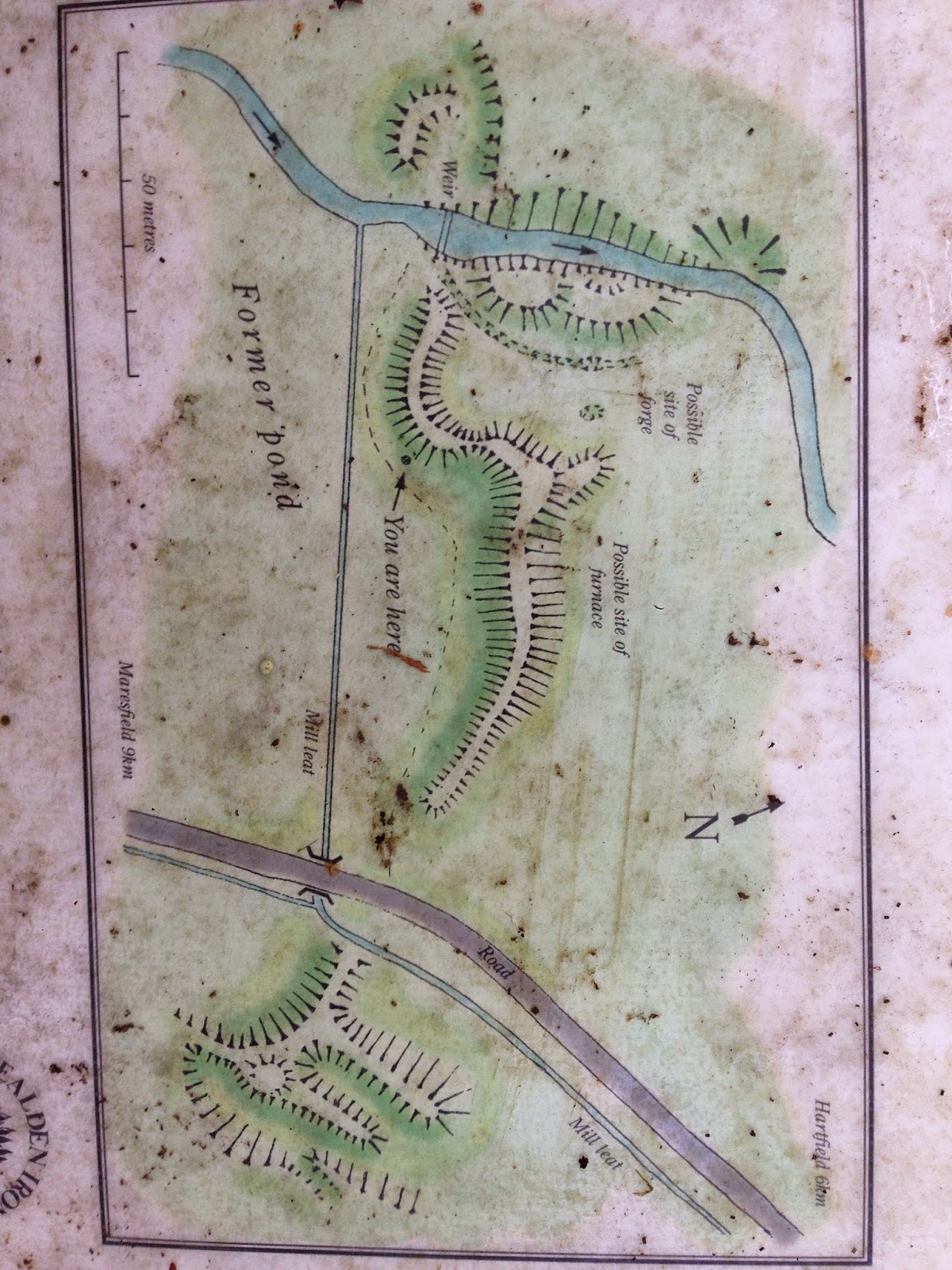I'm an Engineer... Christmas Lectures Discussion
Sparks Will Fly, as Danielle George, professor of electronic engineering at The University of Manchester, talks about How to Hack Your Home, in the 2014 CHRISTMAS LECTURES.The lectures will be aired on BBC FOUR over the festive period and will then be available to watch on BBC iPlayer and then on the Ri Channel from January 2015.
From December through to the end of January 2015 students and the public will be able to log in to ask any questions inspired by the Sparks Will Fly theme. There will be a team of hackers and engineers, including Danielle George, answering questions and taking part in live chats.
























































